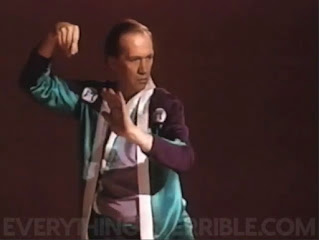The Straight Lines of Your Mind

You know the old adage: "There are no straight lines in nature". It is so often observed that the saying seems to be trite. But I was thinking about this today from a slightly different perspective. And the more I thought about it, the more it unsettled me - not as a matter of geometry, but of perception. Straightness, I realised, might exist only in the human mind. The universe curves, folds, warps, and weaves… everything. And I really do mean everything . It seems that it is only our perception that insists on flattening it: smoothing it into lines we can grasp, into sequences we can track, into stories we can tell. If that is true, then the ramifications are quite far-reaching. The adage does a lot more than suggest that we won't find a straight line in the woods or in a river. It is indeed possible that "straightness" of lines is a complete illusion - one that we humans have constructed to make sense of our universe. More than that, maybe our brains conv...





